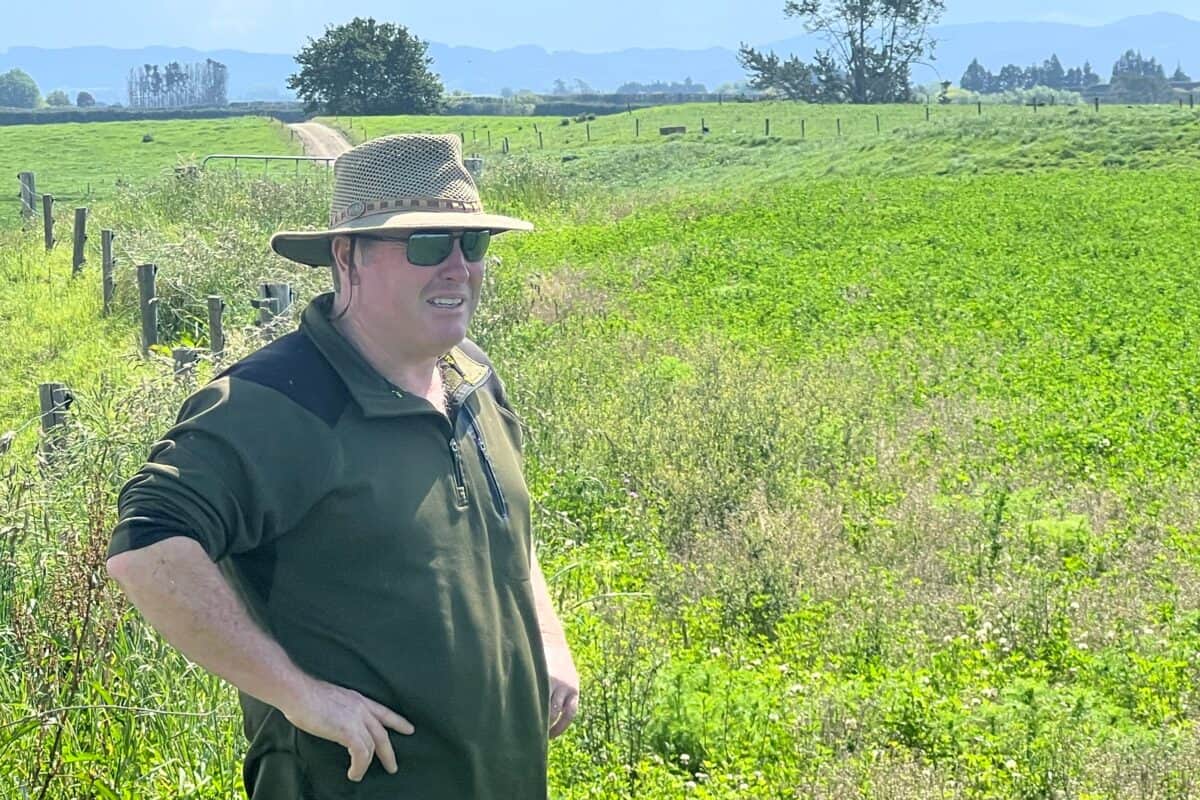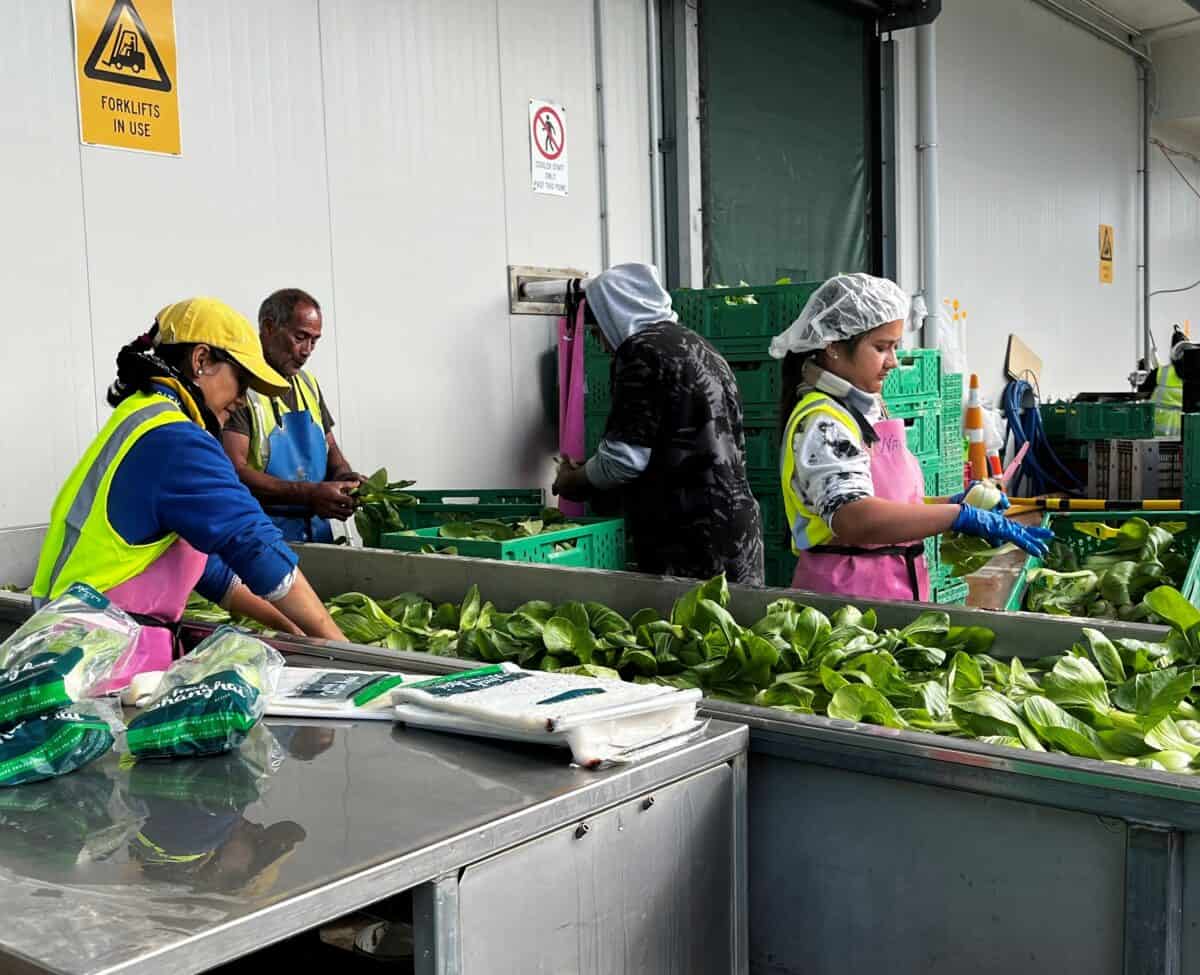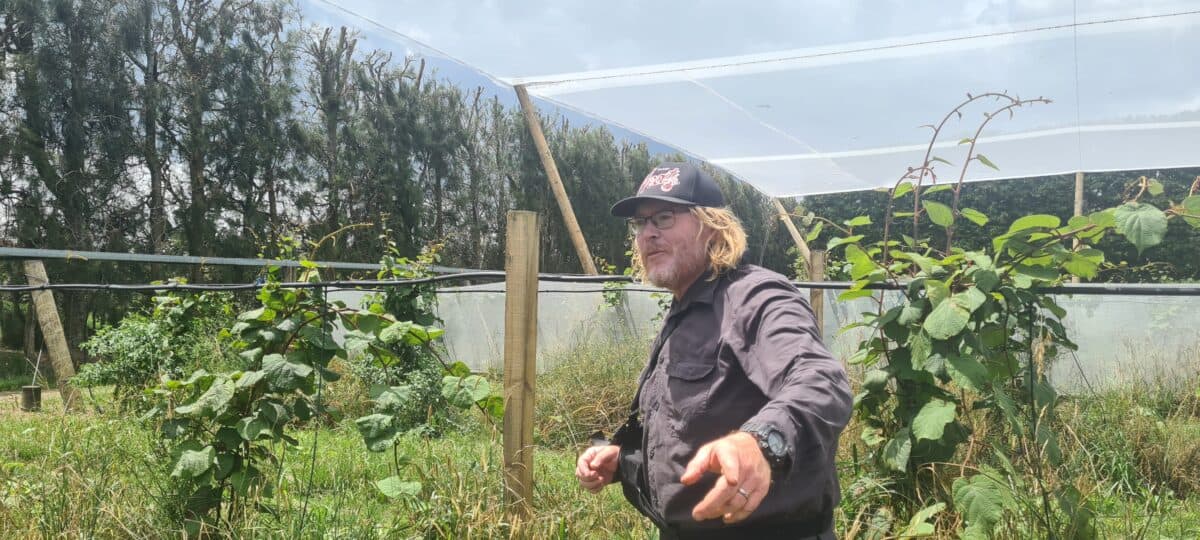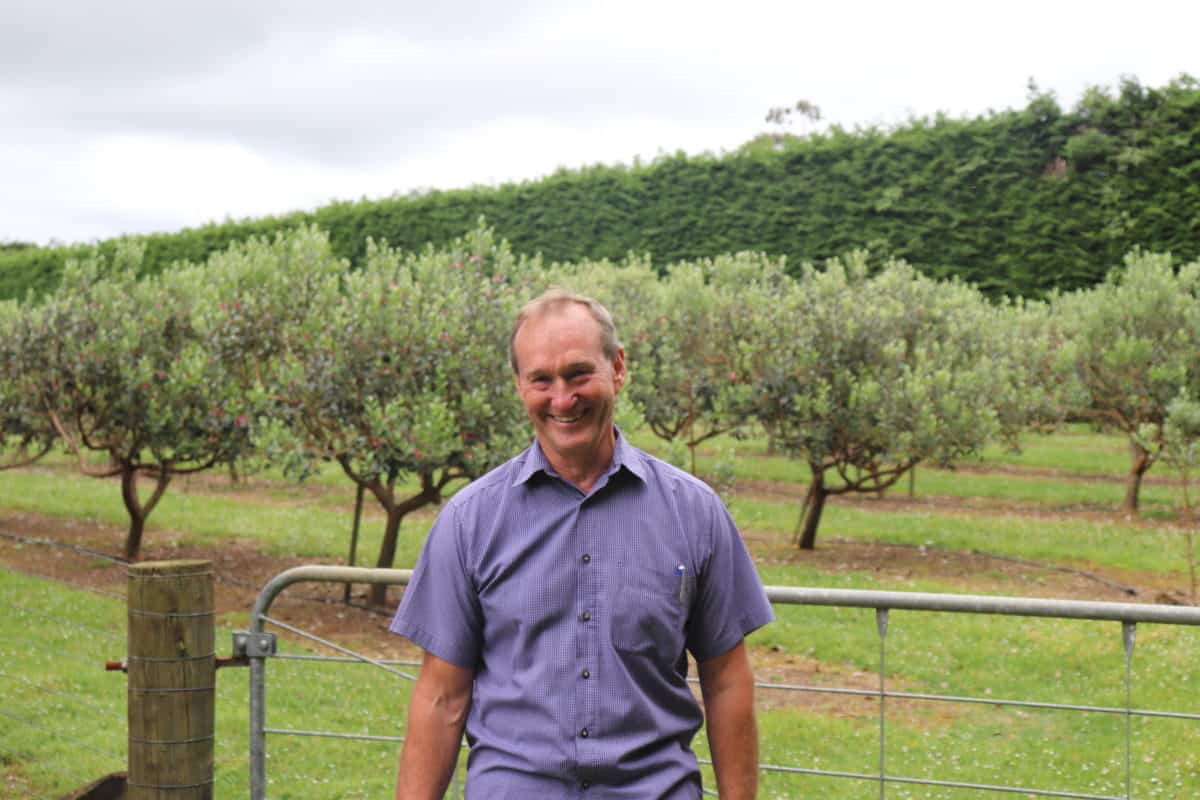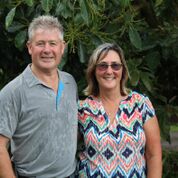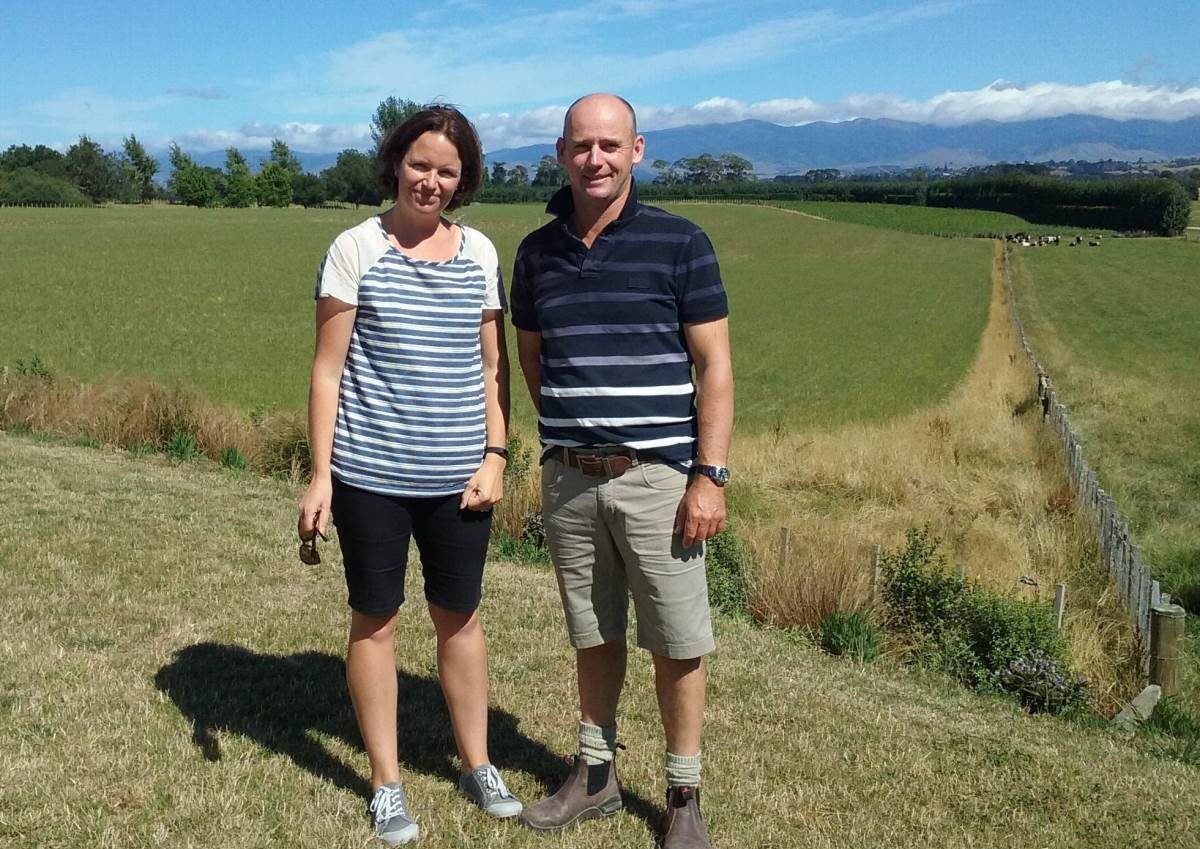Robin and Heather Nitschke have devoted their working lives to tamarillos for more than a decade, ensuring this semi-tropical fruit can be grown, marketed and processed into alluring products.
On the gentle slopes of Whatatiri’s volcanic soils, watered by a community irrigation scheme, and now under shelter to speed growth, the sometimes temperamental tamarillo trees have flourished.
The business has bounced back from decimation wrought by the tomato-potato psyllid (TPP) that carried the deadly liberibacter into the trees.
Robin led the Tamarillo Growers Association through the outbreak by searching for biological controls and introducing new spray management programmes.
The industry’s production fell by half and is now slowly rebuilding as growers are implementing these programmes and replacing trees.
He also founded the TAMCO co-operative for local fruit sales plus the processing of lower grades into value-add products like relish, vinaigrette and jam, for specialty retail and food service here and overseas.
Early stage processing is undertaken by the Nitschkes from fruit frozen after harvest.
Harncroft’s production of tamarillos has averaged 30 to 40 tonnes annually over the past eight years from between 4000 and 6000 trees at different ages, approaching 10% of the national tonnage.
In 2017 the top 2.5ha of the orchard was covered with a rain-permeable canopy with wind-break sides and 3000 new one-year-old trees planted, sheltered from wind, frost and temperature extremes.
Tree growth has been much faster and fruit has formed earlier to begin harvesting in February rather than April-May for unsheltered stands.
Planting of one-year trees rather than seedlings gains a year in the traditional seven-year replacement schedule, bringing $15,000 to $20,000 in annual savings per 1000 trees.
Robin said tamarillos are sensitive to all stressors – environment, nutrient, pests or diseases – and close attention must be paid to soil, water, nutrients, trace elements, insects, viruses, and mildew.
When the health status is high the trees have resilience to withstand pressures, even to survive a liberibacter challenge.
All chemical and fertiliser applications are recorded and integrated pest management (IPM) good practices are followed.
Health and safety policies, including withholding periods and hygienic washing and packing, are laid down in the NZ GAP certification and strictly followed.
Shelter belts of Norfolk hibiscus and native plantings in rocky areas of the site have added biodiversity and bee fodder.
Robin and Heather have their own nursery to grow tamarillos from saved seed.
Robin is a facilitator for the Rural Support Trust and a trained business coach and public speaker, specialising in orchard management and co-operatives.
Awards Won 2019
Norwood Agri-Business Management Award
Enter the Ballance Farm Environment Awards










